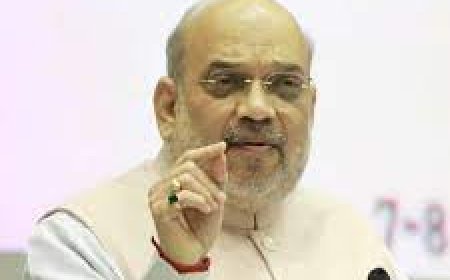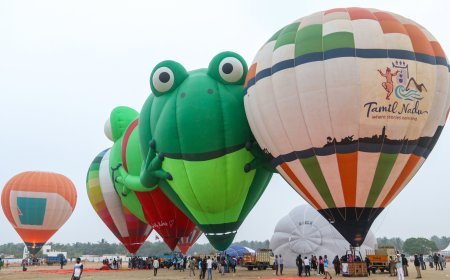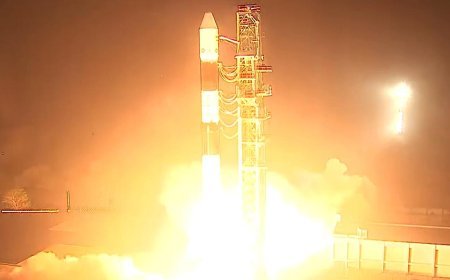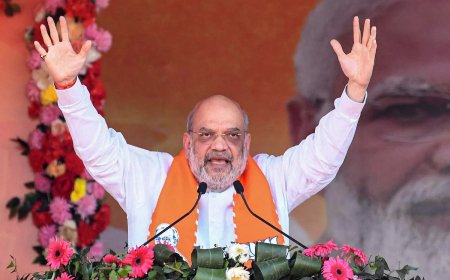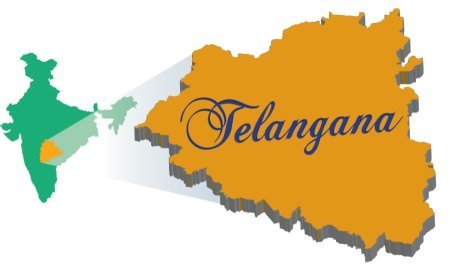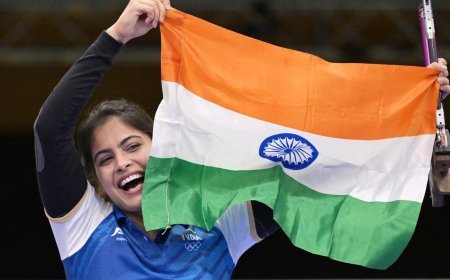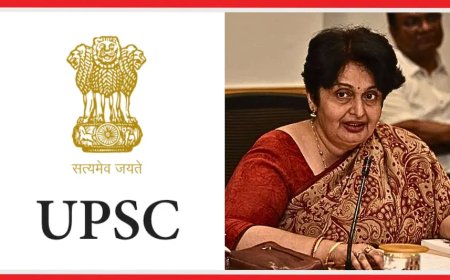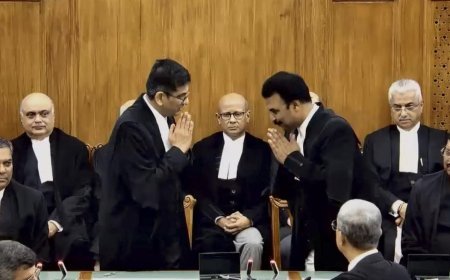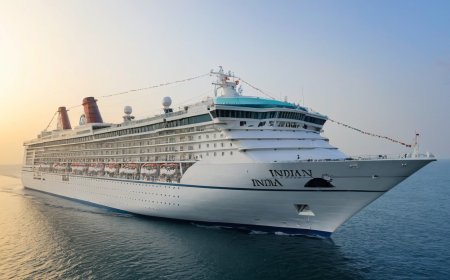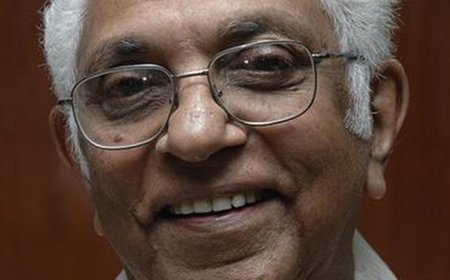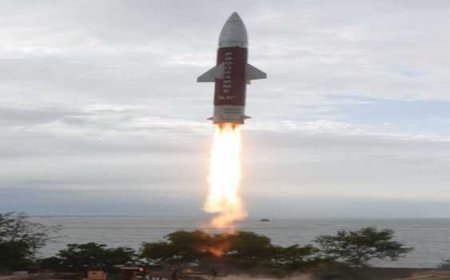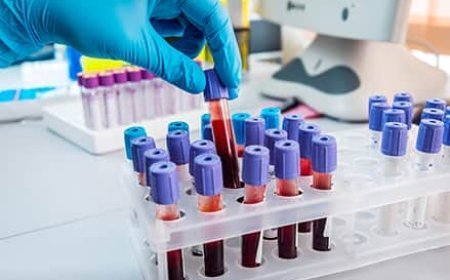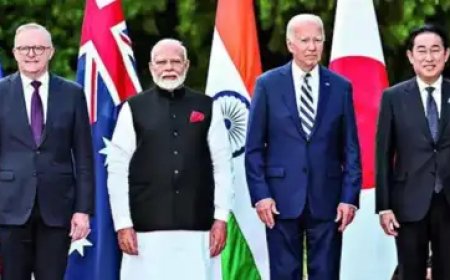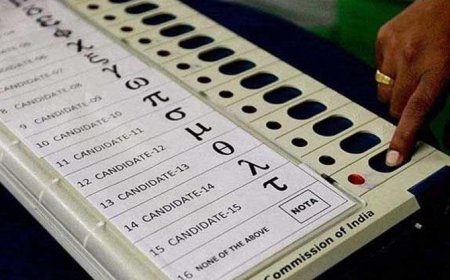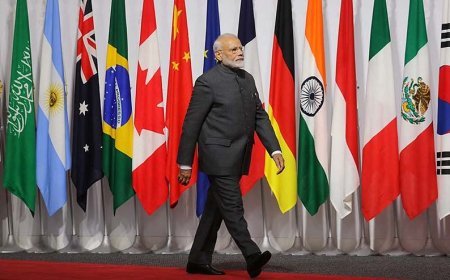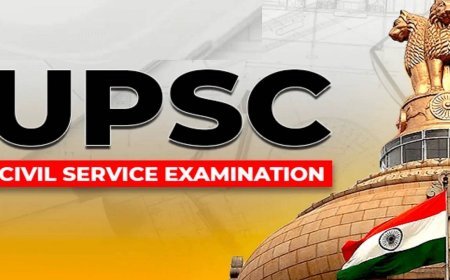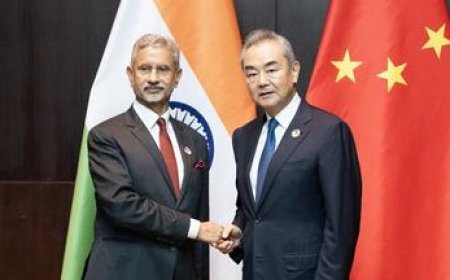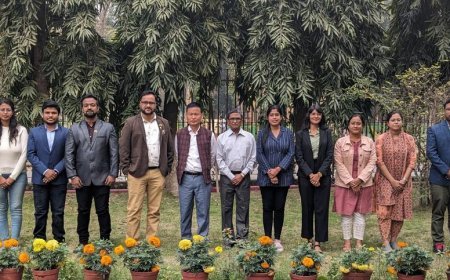The Joint India-U.S. Mission to Fly Two Gaganyatris to the ISS: An Overview

The Joint India-U.S. Mission to Fly Two Gaganyatris to the ISS: An Overview
Introduction
On August 2, 2024, the Indian Space Research Organisation (ISRO) announced a significant milestone in its maiden human spaceflight mission, 'Gaganyaan.' Two Indian astronauts, Wing Commander Shubhanshu Shukla and Group Captain Prashanth Nair, are set to travel to the United States for training as part of a mission to the International Space Station (ISS). This collaboration marks a pivotal moment in India-U.S. space relations and human spaceflight endeavors.
The Mission Overview
Background and Announcement
In a joint statement issued on June 22, 2023, following a meeting between Prime Minister Narendra Modi and President Joe Biden, the U.S. and India committed to a collaborative mission to the ISS in 2024. As part of this initiative, ISRO selected two astronauts, referred to as "Gaganyatris," to participate in the mission.
On August 2, 2024, ISRO confirmed that Wing Commander Shubhanshu Shukla would fly to the ISS, with Group Captain Prashanth Nair serving as his backup. This announcement highlighted the importance of the mission for both nations, emphasizing scientific research, technology demonstrations, and international cooperation in space exploration.
Astronaut Training and Selection
The selected Gaganyatris are part of a larger group of four astronaut-candidates announced by Prime Minister Modi on February 27, 2024. Alongside Mr. Shukla and Mr. Nair, Group Captains Ajit Krishnan and Angad Pratap were also chosen for the Gaganyaan mission. All four candidates are experienced test pilots from the Indian Air Force and have undergone rigorous training in India and Russia.
In addition to their initial training, NASA will provide advanced training to Mr. Shukla and Mr. Nair at the Johnson Space Center in Houston, Texas. This collaboration aims to prepare the astronauts for their upcoming mission and ensure they are well-equipped to handle the challenges of spaceflight.
Mission Approval and Partnerships
The flight of the Indian astronauts to the ISS requires approval from the Multilateral Crew Operations Panel, comprising representatives from the ISS's five international partners: NASA, Roscosmos, the Japan Aerospace Exploration Agency, the European Space Agency, and the Canadian Space Agency. This panel's approval is crucial for the mission's success and the astronauts' participation in the Axiom-4 mission.
Mission Parameters and Details
The Axiom-4 Mission
ISRO's Human Spaceflight Centre has signed an agreement with Axiom Space, Inc. for its upcoming Axiom-4 (Ax-4) mission to the ISS. Axiom Space, a private company based in Houston, is known for its human spaceflight services, including selecting and training astronaut-candidates, chartering launch vehicles, and managing space missions.
As part of the Ax-4 mission, Mr. Shukla or Mr. Nair will fly to the ISS along with two other astronauts. SpaceX will provide the launch vehicle for the mission, and the crew will travel aboard the Crew Dragon capsule. NASA has indicated that the mission will last for 14 days, with a tentative launch date no sooner than November 2024. However, there is a possibility of the mission being postponed to early 2025.
Activities Onboard the ISS
The primary objective of the India-U.S. joint mission to the ISS is to expose the Gaganyatris to the intricacies of spaceflight missions and provide them with hands-on experience. During their time on the ISS, the astronauts will conduct five different experiments, some of which are of Indian origin, while others are international collaborations. Specific details of these experiments have not been disclosed.
Status of the Gaganyaan Mission
ISRO has made significant progress in preparing for the Gaganyaan mission. Key milestones include the completion of pad abort and high-altitude abort tests, as well as testing the crew escape system. The LVM-3 launch vehicle has been nearly completed for human rating, and work continues on the development of the crew module and other essential systems.
The next major milestones for Gaganyaan include a series of uncrewed suborbital and orbital test flights, with the final uncrewed flight expected in mid-2025. These tests are critical to ensuring the safety and success of the mission, paving the way for India's ambitious human spaceflight program.
Conclusion
The joint India-U.S. mission to the ISS represents a significant step forward in international space cooperation and the advancement of human spaceflight. With the selection and training of the Gaganyatris, ISRO is poised to achieve a new milestone in its space exploration efforts. This mission not only strengthens the partnership between India and the United States but also contributes to the broader goals of scientific research and technological innovation in space.
(Source: The Hindu)
What's Your Reaction?









